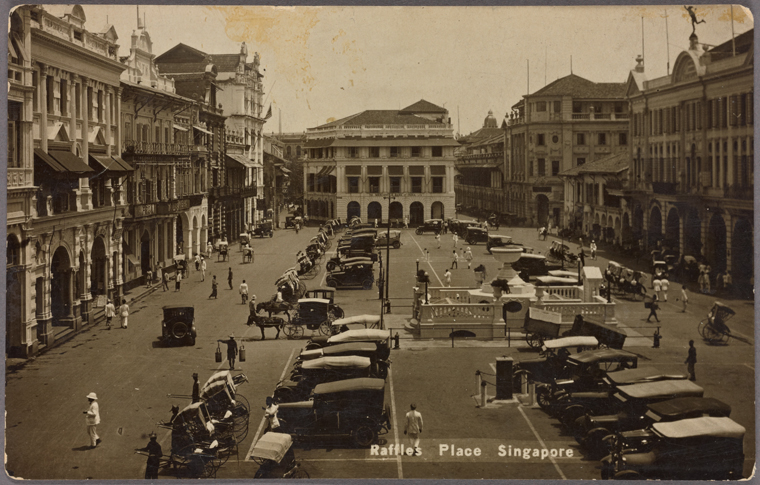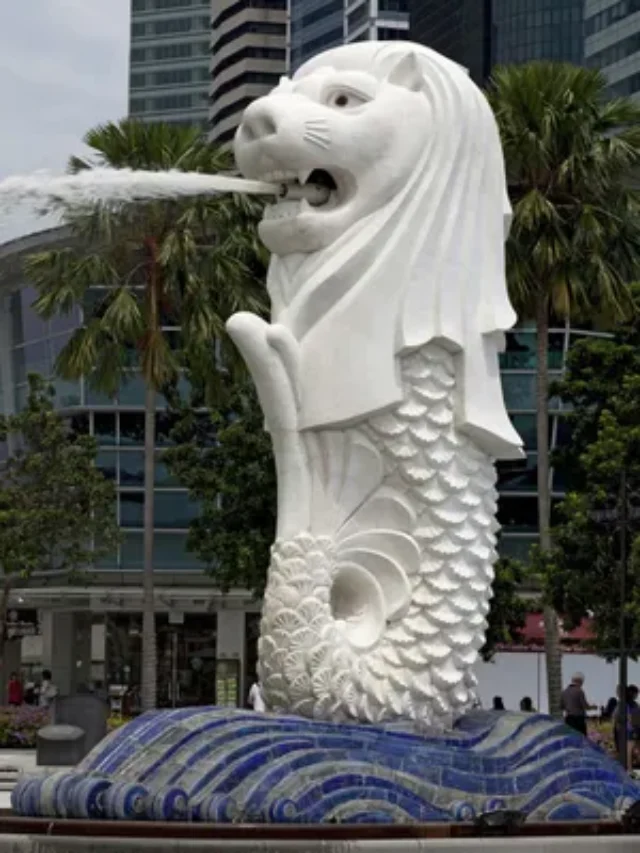1. Strong Leadership: Strengthened anti-corruption bodies like the Corrupt Practices Investigation Bureau for transparent governance.
2. Export-Oriented Industrialisation: Attracted foreign investment with tax incentives; Texas Instruments as an example.
3. Free Trade and Port Development: Invested in the Port of Singapore, making it a global trading hub.
4. Public Housing: The Housing and Development Board (HDB) addressed housing issues, with projects like Pinnacle@ Duxton as an example.
5. Urban Planning: Transformed areas like Marina Bay from sea to prime real estate.
6. National Service: Two years of mandatory military service for male citizens to foster social cohesion and ensure security.
7. Ethnic Integration Policy: Quotas in HDB estates to prevent racial enclaves and ensure mixed-community living.
8. High-Quality Education: Investment in education led to high scores in international assessments like PISA.
9. Skills Future: National movement providing citizens with a budget for courses to enhance job prospects.
10. Reserve Management: Accumulated large foreign exchange reserves managed by the Monetary Authority of Singapore (MAS).
11. Sovereign Wealth Funds: Established investment vehicles like Temasek and GIC for capital allocation; Temasek’s investment in Alibaba as an example.
Singapore’s Pre-Development History: Challenges and Milestones
Before Singapore emerged as an Asian Tiger, it faced a myriad of challenges that set the context for its later developmental model. Below is an exploration of its early history and the hurdles it overcame.
Pre-Independence Era
Colonial Rule: Initially a British trading post, Singapore was under colonial rule for years, impacting its initial growth and self-governance.
Japanese Occupation: During World War II, Singapore was occupied by the Japanese, causing social and economic devastation.
Independence and Early Years
Political Instability: Singapore joined the Federation of Malaysia in 1963 but was expelled in 1965, leading to sudden independence and associated political and economic instability.
Lack of Resources: Singapore had no natural resources, a limited land area, and depended heavily on Malaysia for water and other essentials.
Economic Challenges
Unemployment: High unemployment rates plagued the young nation. For instance, in the early 1960s, unemployment was estimated at around 14%.
Lack of Capital: There was little investment or capital to stimulate economic growth, making it difficult to establish local industries.
Social and Demographic Issues
Ethnic Tensions: The population comprised a mix of ethnicities, leading to social tensions. The 1964 race riots serve as a potent example.
Poor Housing and Infrastructure: Overcrowded slums and inadequate infrastructure were prevalent. The Bukit Ho Swee fire in 1961, which left thousands homeless, highlighted the urgency of addressing housing issues.
Governance and Security Concerns
Political Immaturity: The absence of experienced politicians and bureaucrats made governance difficult.
External Security Threats: Being a small and newly independent nation, Singapore was vulnerable to external threats, including piracy and territorial disputes.

Overcoming Challenges: The Singapore Story in Detail
Singapore’s transformation from a resource-poor island into a global powerhouse is a case study in overcoming adversity. Below, we look at the key strategies and initiatives that helped Singapore surmount its challenges.
Political Stability
Strong Leadership: The People’s Action Party, led initially by Lee Kuan Yew, provided strong and stable governance. They emphasized long-term planning and the rule of law.
- Example: The Corrupt Practices Investigation Bureau was strengthened to crack down on corruption, ensuring a transparent governance system.
Economic Development
Export-Oriented Industrialisation: Singapore attracted foreign investment and focused on manufacturing goods for export.
- Example: The government offered tax incentives to foreign companies like Texas Instruments, which set up factories, providing jobs and boosting the economy.
Free Trade and Port Development: Singapore positioned itself as a global trading hub by investing in port infrastructure and promoting free trade.
- Example: The development of the Port of Singapore made it one of the world’s busiest ports by cargo tonnage.
Housing and Infrastructure
Public Housing: The Housing and Development Board (HDB) was established to address housing shortages and improve living conditions.
- Example: The Pinnacle@Duxton, an iconic HDB development, showcases the success of public housing, offering both quality and affordability.
Urban Planning: Long-term, strategic urban planning helped make the most of Singapore’s limited land.
- Example: The development of the Marina Bay area transformed it from the sea into prime real estate, also serving as a tourist attraction.
Social Harmony
National Service: Mandatory military service was introduced to build national identity and ensure security.
- Example: The two-year National Service programme has been effective in fostering social cohesion and providing basic military training to all male citizens.
Ethnic Integration Policy: To prevent racial enclaves and ensure a mixed-community living, the government introduced the Ethnic Integration Policy.
- Example: In HDB estates, there are quotas for different ethnic groups, ensuring that no single group is disproportionately represented.
Education and Skills Development
High-Quality Education: Singapore invested heavily in education to develop a skilled workforce.
- Example: Singaporean students regularly score high in international assessments like the Programme for International Student Assessment (PISA).
SkillsFuture: A national movement aimed at providing Singaporeans with the skills needed for the future economy.
- Example: SkillsFuture Credit gives citizens a budget to take up courses that will enhance their job prospects.
Financial Prudence
Reserve Management: Singapore accumulated foreign exchange reserves to safeguard against economic volatility.
- Example: The Monetary Authority of Singapore (MAS) manages the country’s reserves, which rank among the largest globally.
Sovereign Wealth Funds: Investment vehicles like Temasek and GIC were established for better capital allocation.
- Example: Temasek’s successful investment in Alibaba showcased its financial acumen, bringing substantial returns.
Key lessons to be learned from the development of Singapore
- Importance of Strong Governance: One of the lessons from Singapore’s development is the need for strong, transparent governance. The establishment of robust institutions like the Corrupt Practices Investigation Bureau set a standard for integrity and accountability.
- Example: This strong governance allowed for foreign investment to flow in, as companies were assured of a stable, corruption-free business environment.
- Strategic Economic Planning: Singapore demonstrates how strategic planning can offset natural disadvantages. Its focus on becoming an export-oriented industrial hub is a case in point.
- Example: Offering tax incentives to companies like Texas Instruments not only generated jobs but also positioned Singapore as an attractive destination for foreign capital.
- Infrastructure Investment: The importance of investing in quality infrastructure is another lesson. Good infrastructure is both a cause and effect of economic prosperity.
- Example: The development of the Port of Singapore gave the country a competitive edge in global trade and continues to be a significant revenue generator.
- Social Cohesion Through Policy: Singapore showed that policies could be tailored to enhance social harmony. The National Service and Ethnic Integration Policy has been crucial in fostering a sense of unity among diverse groups.
- Example: The quota system in public housing ensures a balanced ethnic representation, reducing the likelihood of racial tension.
- Education as a Long-Term Investment: The strong emphasis on education ensures a highly skilled workforce, which is essential for sustaining economic growth.
- Example: Singaporean students consistently perform well in international tests like PISA, underlining the success of its education policies.
- Adaptability and Future-Proofing: The SkillsFuture initiative is a testament to Singapore’s forward-looking approach, equipping its workforce with skills for the future.
- Example: The SkillsFuture Credit allows citizens to upskill, preparing them for shifts in the job market, such as automation.
- Financial Prudence and Diversification: Singapore teaches the importance of prudent financial management and diversification through its sovereign wealth funds and reserves.
- Example: Temasek’s diverse portfolio, including a lucrative investment in Alibaba, illustrates the effectiveness of diversification as a risk mitigation strategy.
- Sustainability and Environmental Planning: The country also sets an example in sustainability through urban planning and green initiatives.
- Example: The Gardens by the Bay project is not just a tourist attraction but an embodiment of Singapore’s commitment to sustainability.


